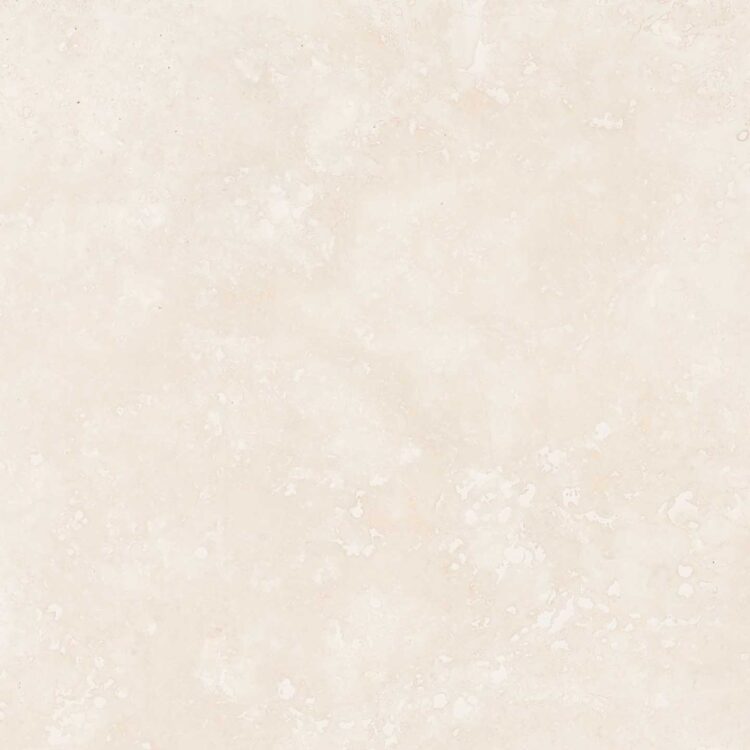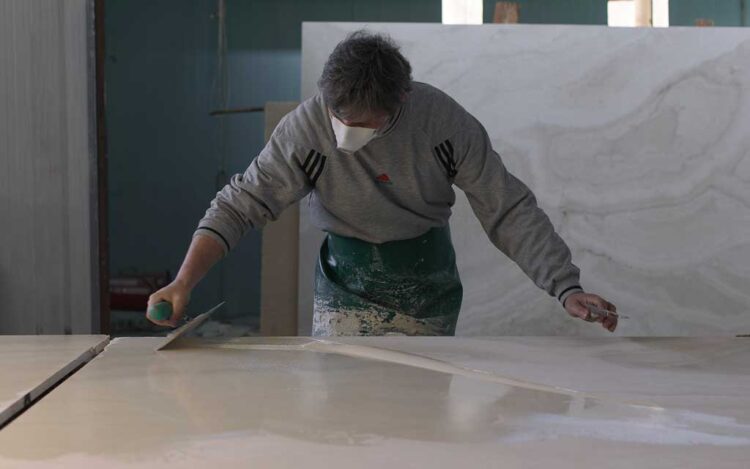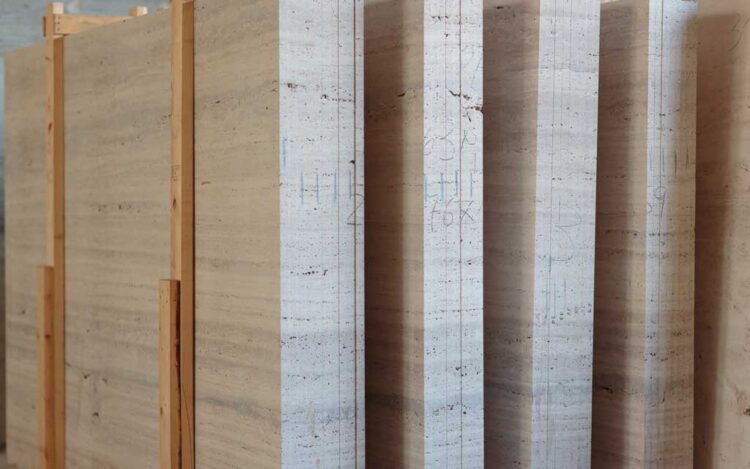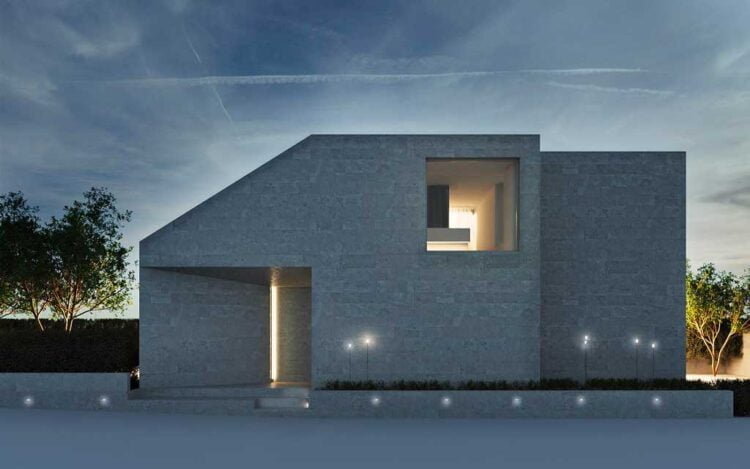Navona Type Cross Cut Roman Travertine
Material: Roman Travertine
Origin: Tivoli, Italy
Availability: Blocks, Slabs, Cut to size
Suggested finishes:
saw cut, honed and stone color filled, honed and unfilled, brushed and unfilled, brushed and stone color filled
Suggested processing:
stone profiles
General description
Navona travertine possesses soft shades in cream and beige, which create a unique visual effect. Its light tones are the expression of the owner’s fine taste. With a gentle touch, it encompasses the world’s greatest pleasures. Every tile, panel, or detail in Roman Travertine is a delicate reference to nature’s mysterious identity and the forms it takes.
Navona is the purest representation of the power coming directly from the earth: it encompasses the resistance of the stones, lights up under the direct beams of the sun, releases an enthralling sense of tranquility and harmony. Its color palette encompasses a wide range of light tones, from beige to cream and light hazelnut.
Many historical buildings are covered in Navona travertine and we consider this the highest proof of its resistance ad adaptability to any landscape, be it within the city or embedded in a mountain. In an interior setting Navona welcomes families and guests, whose eyes are revigorated by its bright appearance.
Cross cut is an ancient technique for stone cutting: the blades follow a line perpendicular to the natural veining, resulting in a balanced, almost pattern-free, surface. The plain look assures an exceptional performance when applied to walls and floors. Mosaics and pattern tiling, especially when Navona is combined with other natural stones, stand out for the impeccable refined touch.
Technical Specifications Roman Travertine Navona Type
1) Flexural strength (UNI EN 12372)
1a) Load perpendicular to asiontropic planes
| Mean Fleaxural Strength | Standard deviation |
| 11,4MPa | 1,8Mpa |
1b) Load perpendicular to corners of asiontropic planes
| Mean Fleaxural Strength | Standard deviation |
| 10,4MPa | 0,8Mpa |
2) Freeze-thaw resistance (UNI EN 12371)
2a) Load perpendicular to asiontropic planes
| Mean Fleaxural Strength | Standard deviation |
| 5,6MPa | 1,4Mpa |
2b) Load perpendicular to corners of asiontropic planes
| Mean Fleaxural Strength | Standard deviation |
| 5,7MPa | 1,0Mpa |
3) Slip Resistance (UNI EN 1341)
| Mean Slip Resistance, Single Sample |
| 65 |
4) Abrasion Resistance (UNI EN 1341)
| Mean Abrasion Resistance |
| 25,0 |





